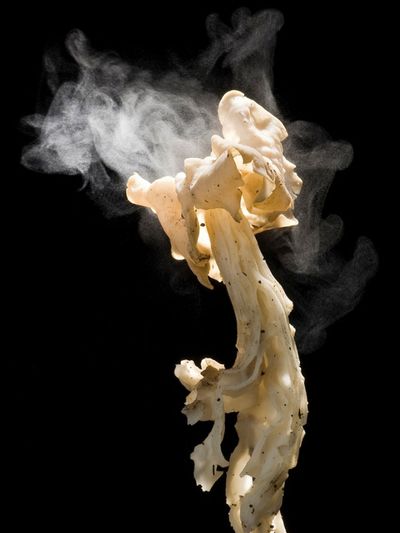Spore Collection Techniques
The reproductive bodies of fungi, mushrooms’ purpose in life is to produce spores, or seeds. Each type of fungi has a different spore type and releases them in unique patterns dependent upon the form of the underside of the mushroom cap. Gill mushrooms are the easiest from which to harvest spores, but with some experimentation, all types can be harvested. Intrigued? So how to harvest mushroom spores, then? The most common method for harvesting spores from mushrooms is the making of a spore print. What the heck is a spore print, you ask? Making a spore print is a method used by real mycologists, not wannabes like myself, to identify a fungus. They use the characteristic color, shape, texture and pattern of the released spores to identify the mushroom. A spore print makes this possible without having to use a high powered microscope. The spore print can also be used by the non-scientist to grow some succulent fungi suitable for inclusion on a pizza, or what have you. A spore syringe is another method for collecting spore, but we will get back to that in a minute.
How to Harvest Mushroom Spores
To harvest mushroom spores by making a spore print, you need edible mushrooms — any variety will do but, as mentioned, the gill types are easiest and most available at the local grocers. Make sure it is a mature specimen, one with gills readily apparent. Also, you’ll need a piece of white paper, a piece of black paper, and a glass container that can be inverted over the mushroom. (The purpose of two colors of paper is because sometimes spores are light colored and sometimes dark. Using both will enable you to see the spores regardless of their shade.) Put the two colors of paper side by side. Remove the stem from the mushroom of your choice and upend it, placing the cap spore side down onto the two pieces of paper with one half on white and one half on black. Cover the mushroom with the glass container to prevent it from drying out. Leave the fungus covered overnight and by the next day, the spores will have dropped from the cap onto the paper. If you want to do this as a school science project or just keep it for posterity, you can spray it with a fixative or hairspray. The project can also be done on a glass plate for a cool spore print suitable for hanging. Otherwise, if like me, you’re itching to grow your own mushrooms, carefully spread the spores over a prepared container of soil with decomposing manure or compost. The length of time for emergence varies depending upon the type of mushroom and environmental conditions. Remember, fungi like moist and warm conditions with a day/night cycle. Oh, and back to the spore syringe. What is a spore syringe? A spore syringe is used to drop spores and water mixed onto slides to be viewed through a microscope for research or to inoculate sterile substrates with a certain mushroom spore. These syringes are sterile and are generally purchased online from a vendor. For the most part though, and for the purposes of a low-cost home gardening project, making a spore print can’t be beat. In fact, I’m going to try it.
